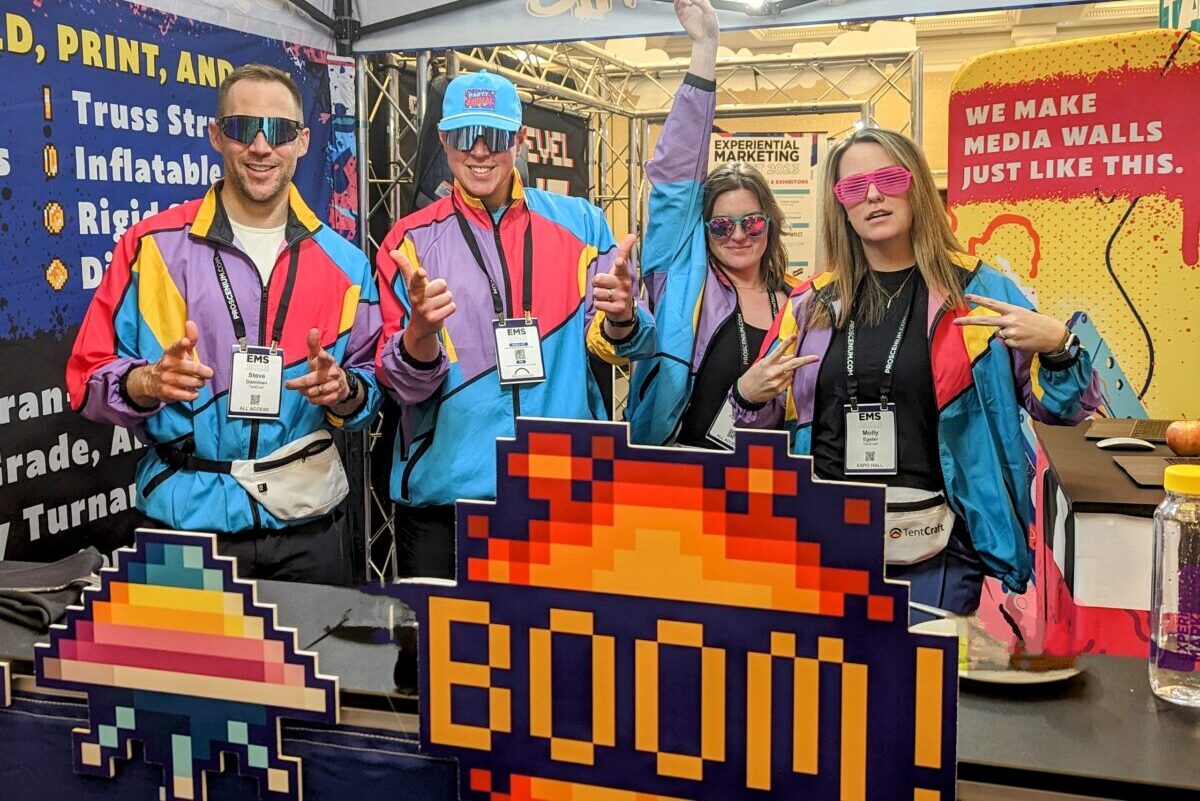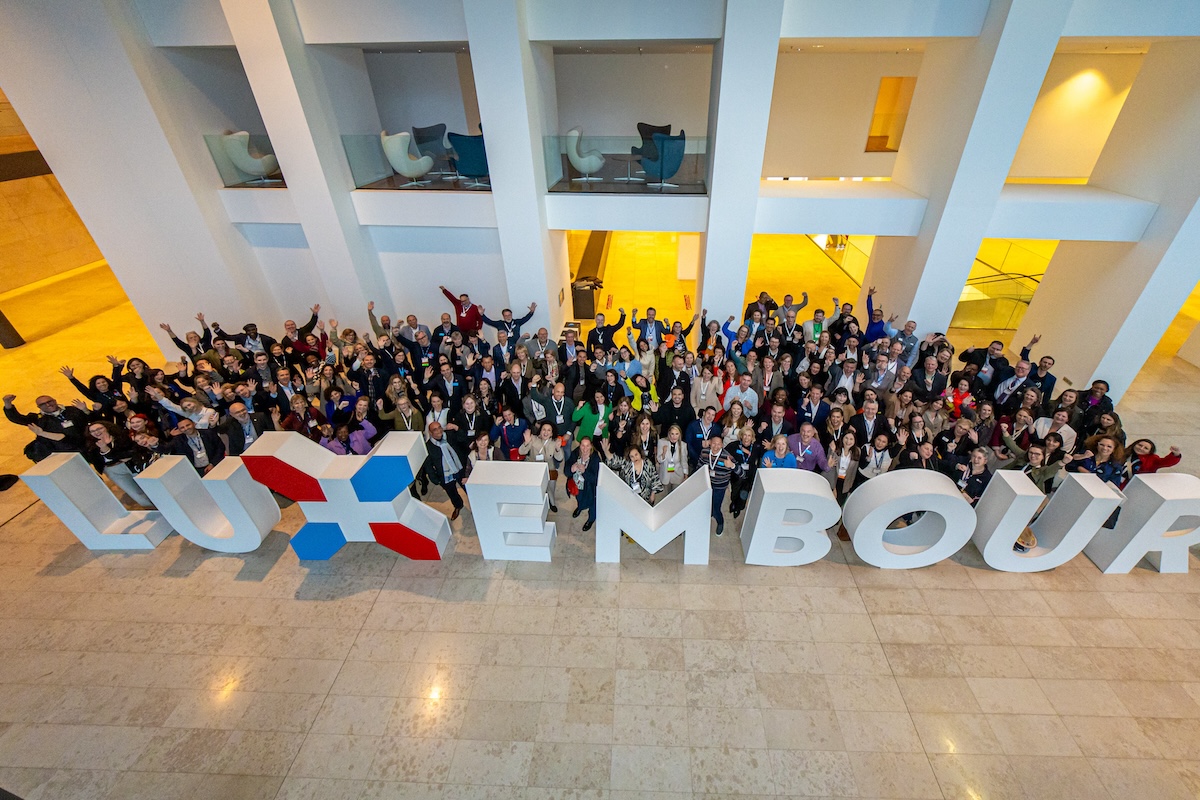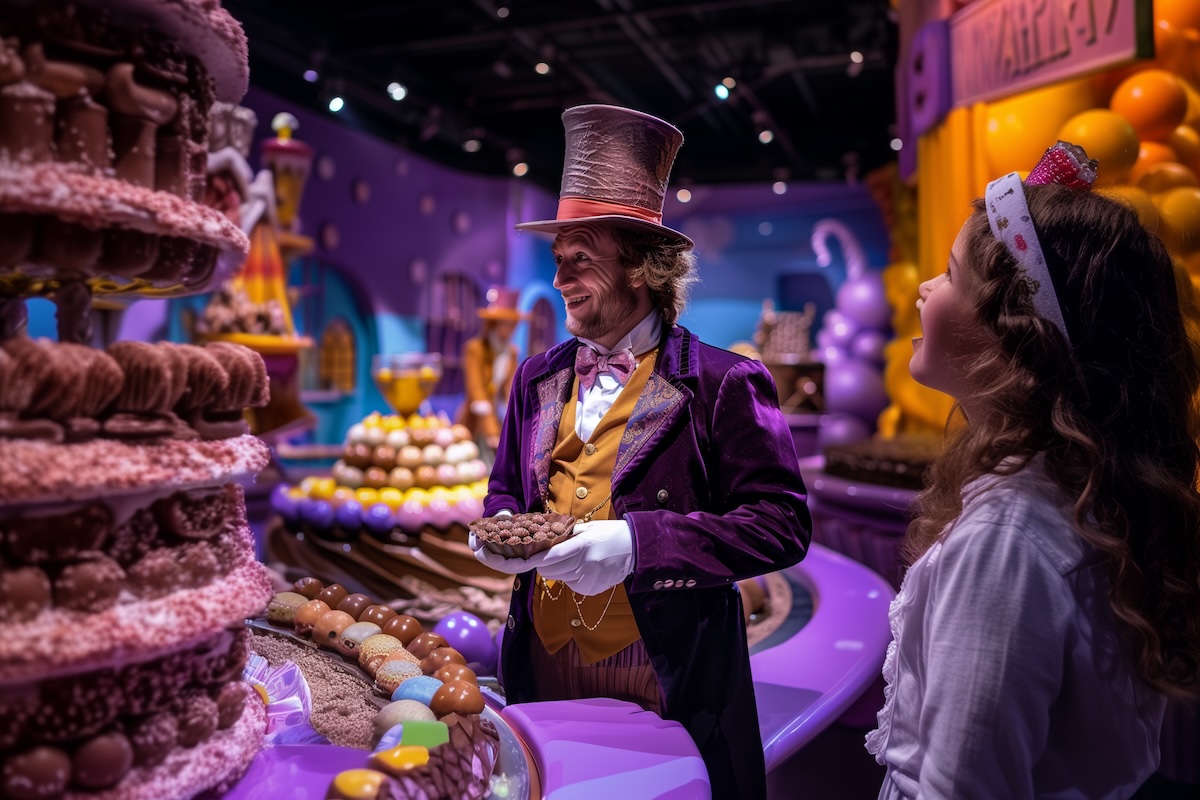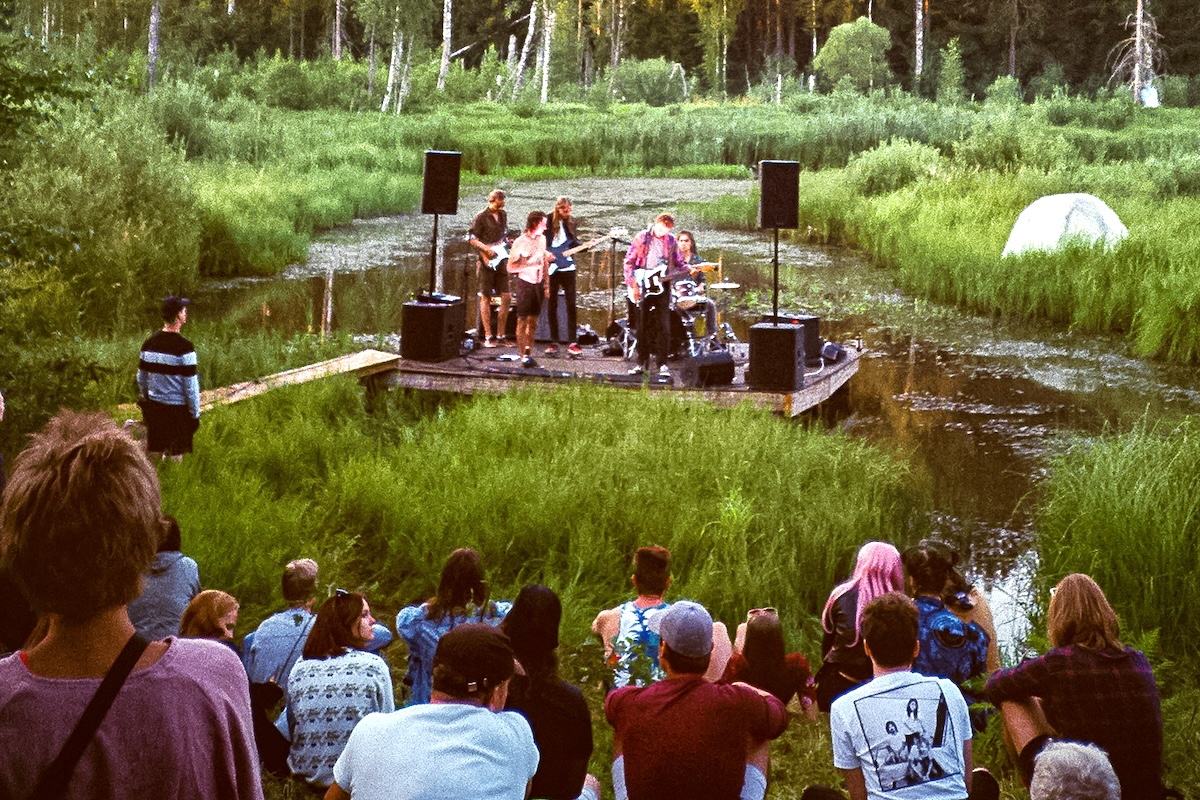Skift Take
Designing events with precision, and taking risks, dominated conversations at the Experiential Marketing Summit in Las Vegas.
Brand experience creators explored the shifting events landscape and shared ideas at the Experiential Marketing Summit May 9-11 at Caesars Palace in Las Vegas.
Unicorns, as Suzette Ford-Duffus, head of global events for Taco Bell Corporate, called her peers, are now navigating a growing list of tasks that requires experience in fast-emerging areas. This includes AI, rethinking existing programs, and developing new ways to drive brand engagement, all while staying focused on the bottom line and core values.
As best-selling author Brian Solis reminded the audience in the opening keynote, “Experience design starts with empathy. It’s a gift we give ourselves in order to give a gift of an experience to someone else.”
Hyper-Targeted Events
While many flagship programs are back, event marketers are shifting their focus to identifying particular target audiences and connecting with them through smaller, highly impactful events filled with rich, intimate conversations in a small space.
In a move that seemed surprising to the company’s leadership, Cisco recently designed a C-suite event for just 20 participants, the company’s top customers. “We took a risk, and the response we got was incredible,” said Alessanda Sapiz, senior vice president, corporate marketing for Cisco. “The results that we drove ultimately with those 20 executives surpassed what we would have done in a medium or a large space.”
Fast-food company Taco Bell rethought their franchise owners’ conference to include the owners strictly, bringing the attendees down from about 600 to 257. “We wanted to have a top-to-top discussion where the owners are talking directly to our C-suite,” said Suzette Ford-Duffus, head of global events for Taco Bell Corporate.
At a recent Tribeca Film Festival, AT&T offered emerging filmmakers the opportunity to have professional reels produced, and the 50 available slots filled up quickly. “It might have only been 50 [people], but the connection lasts way beyond the event,” said Kevin Calabrese, assistant vice president of brand design and head of experiential creative for AT&T.
Several brand marketers noted this shift towards smaller, more targeted events is causing them to reevaluate their existing event schedules, which sometimes include hundreds of events a year, and scale back and look for ways to deliver value with more precision.
Reconsidering Budgets
Budget constraints remain top of mind for event marketers. Still, some suggest that less can be a positive and a step towards more sustainable solutions.
“Someone might walk into a room and say, that stage looks half-decorated, but you don’t need a massive budget to tell a great story,” said Mallory Schlossberg, a senior creative at Google Cloud Go-to-Market. “If you have great principles and a great narrative, you can make it work.”
She urged the group to rethink the “why” behind the “wow” and use the constraints to consider reusing and repurposing, among other steps, and look for ways to work together collaboratively early in the process.
AI as a Partner in Engagement
The pace at which AI is making inroads into our society — and events — is both fascinating and terrifying. Still, marketers are already seeing the opportunities it brings, from improving productivity to creating design renderings, delivering simultaneous interpretation during multi-national events, and taking audience engagement to an entirely new level.
Will digital signage with facial recognition technology translate to faster event access and seamless, personalized experiences? The answer is probably not yes or no but how soon.
At the same time, Calabrese cited an example when as a way of exploring the medium, he asked AI to design a shoe store, which resulted in a beautiful rendering but on closer inspection, it turned out that there was a woman’s head sticking out of a shoe.
Sapiz urged her peers to be early AI adopters and become expert users because it will shift the skill set in the industry. “AI will render options for us and drive productivity, but we will still need to make decisions.”





